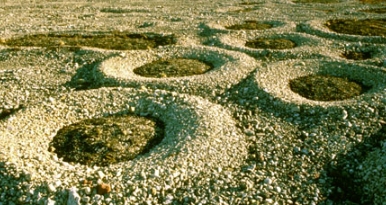Environmental geomorphology plays a crucial role in shaping our planet in various ways. From the formation of mountains and valleys to the erosion of coastlines, this field of study helps us understand how natural processes interact with the environment to create the landscapes we see today.
Shaping the land through tectonic activity
One of the primary ways in which environmental geomorphology shapes our planet is through tectonic activity. The movement of tectonic plates causes the formation of mountain ranges, valleys, and other landforms. For example, the Himalayas, the tallest mountain range in the world, were created by the collision of the Indian and Eurasian plates.
Erosion and sedimentation
Erosion and sedimentation are key processes in environmental geomorphology that shape the Earth’s surface. Water, wind, and ice can erode rocks and soil, creating landforms such as valleys, canyons, and deltas. These processes also play a crucial role in transporting sediment from one place to another, shaping coastal areas and river systems.
Impact on ecosystems and biodiversity
The role of environmental geomorphology in shaping our planet goes beyond just landforms. It also has a significant impact on ecosystems and biodiversity. Landforms such as mountains and valleys can create unique habitats for plants and animals, leading to high levels of biodiversity. At the same time, erosion and sedimentation can disrupt ecosystems and threaten biodiversity in certain areas.
Human influence and environmental geomorphology
Human activities, such as urban development, agriculture, and mining, can impact environmental geomorphology. Deforestation, for example, can lead to increased erosion and sedimentation, altering landscapes and contributing to natural disasters such as landslides and floods. Understanding the interactions between human activities and environmental geomorphology is crucial for sustainable land management and conservation efforts.
Advancing our understanding of the planet
Overall, environmental geomorphology provides valuable insights into the processes that shape our planet. By studying these interactions, scientists can better understand how landscapes evolve over time and how they are influenced by natural and human factors. This knowledge is essential for creating sustainable practices that protect our planet’s natural resources and biodiversity for future generations.

